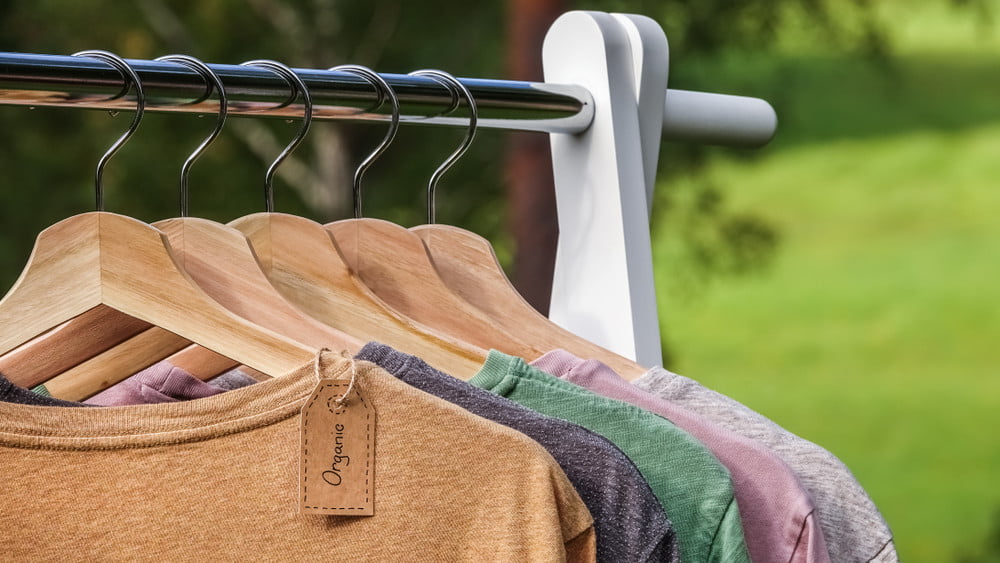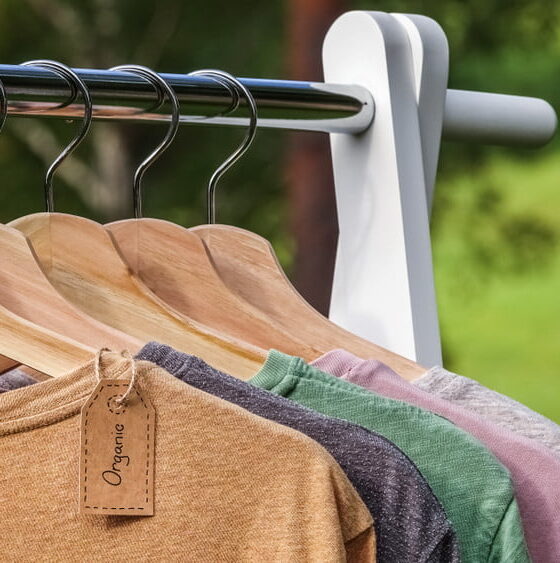

Sustainability
How to Achieve Sustainable Fashion Going Forward
There’s no doubt about it: the fashion industry is far from sustainable. Massive amounts of energy and natural resources are required to support the global demand for clothes, shoes, and accessories.
While there’s been increased pressure on fashion brands and textile manufacturers to reform, the resulting efforts have amounted to little more than greenwashing. Much more will need to be done before the fashion industry gets anywhere close to carbon-neutral.
In the meantime, individuals have the power to take matters into their own hands. They won’t transform the industry, but they will embody the change they hope to see at greater levels and higher magnitudes.
With this in mind, let’s take a look at six ways for individuals to achieve sustainable fashion going forward:
Buy used
The unsustainable nature of the modern fashion industry comes down to the sheer volume of textiles produced. This production hinges on demand. But what if demand were lowered because more people were choosing to buy pre-owned items? Buying used clothing extends the life of garments that would otherwise be thrown away. When individuals opt for pre-owned fashion, they avoid spending money on new items, driving down demand over time.
Shop sustainable
While the fashion industry as a whole has so far failed to take the initiative in developing sustainable practices, individual companies have opted to provide eco-friendly options to consumers. From biodegradable shoes to clothing made using recycled materials, there are many sustainable alternatives to traditional fashion. While some of these offerings may prove to be more experimental than practical, others are shaping up to be sustainable replacements going forward.
Invest in quality
It’s virtually impossible to completely avoid unsustainable fashion. Sooner or later, you’re going to need to buy new denim and other garments that are difficult to manufacture in an eco-friendly way. With this in mind, consider choosing quality over quantity. In other words, buy items manufactured to last longer than a few years. Part of the problem with cheap “fast” fashion is the relatively short lifespan of the typical garment. By investing in slightly more expensive alternatives due to the expectation of durability, you reduce the amount of clothing you buy over the course of your life.
Stick to classic styles
Those concerned about style might be wondering what good it does to buy clothes that last if the style goes out of fashion within a year or two. The answer to this conundrum is to stick to classic styles that never fall out of fashion. Denim jeans, khaki slacks, canvas sneakers, black dresses, and peacoats are just a handful of examples of timeless fashion. What’s more, high-quality items can be found at reasonably affordable prices.
Avoid discarding
Do everything you can to avoid throwing away clothes and shoes. While nobody wants a holey t-shirt covered in stains, any item of clothing that appears in good shape should be donated to your local Goodwill or Salvation Army. Depending on the brand and quality, you may even be able to sell your old items to alternative thrift stores. The fewer clothes and shoes you throw away, the less you contribute to the high volume of fashion-related waste accumulating in landfills across the planet.
Take care of clothes and shoes
The instructions found on tags are there for a reason; they provide helpful information regarding the proper care and maintenance of clothes and shoes. The better you take care of clothing and footwear, the longer these items will last. With this in mind, start following the care instructions provided by the manufacturer. If it says wash in cold water and air dry on a clothesline, that’s because it will keep the shirt looking newer for longer.
The unfortunate reality is the fashion industry is far from sustainable. But that doesn’t mean consumers can’t take the initiative and start abiding by sustainable fashion choices. The burden shouldn’t fall upon the individual, but the longer we continue to support the industry as it exists, the longer it will take to see it change. Consider these choices as a mild form of protest. If enough people do it, change will go from being a possibility to a certainty.


 Environment10 months ago
Environment10 months agoAre Polymer Banknotes: an Eco-Friendly Trend or a Groundswell?

 Environment12 months ago
Environment12 months agoEco-Friendly Home Improvements: Top 7 Upgrades for 2025

 Features9 months ago
Features9 months agoEco-Friendly Cryptocurrencies: Sustainable Investment Choices

 Features11 months ago
Features11 months agoEco-Friendly Crypto Traders Must Find the Right Exchange

















